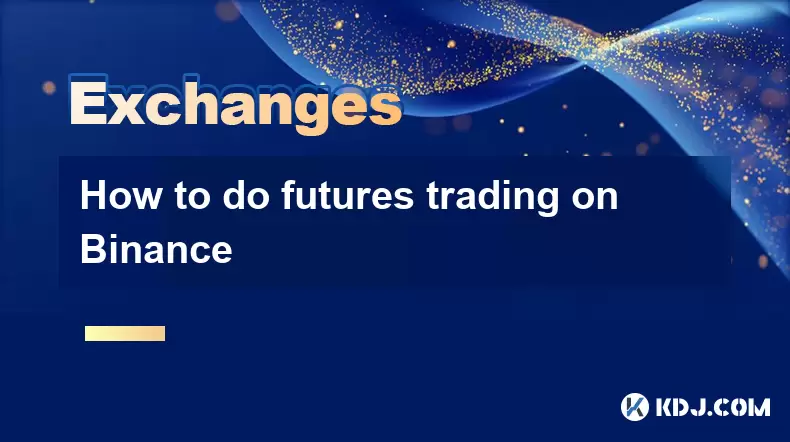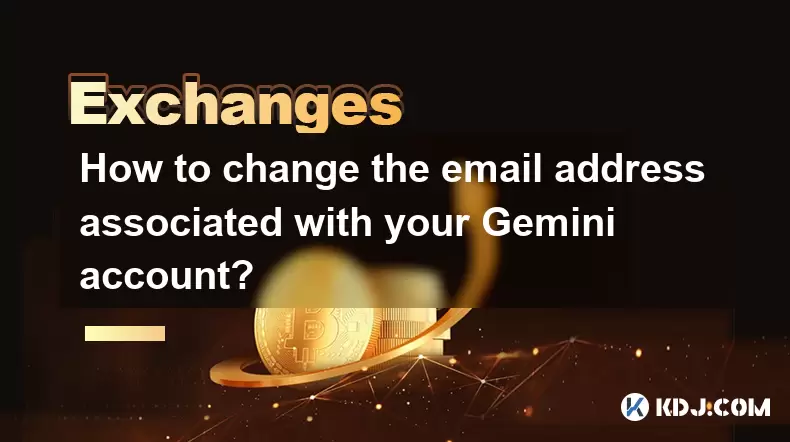-
 Bitcoin
Bitcoin $114200
0.00% -
 Ethereum
Ethereum $3637
0.56% -
 XRP
XRP $2.950
-2.01% -
 Tether USDt
Tether USDt $0.9999
0.02% -
 BNB
BNB $761.0
0.55% -
 Solana
Solana $164.1
-1.38% -
 USDC
USDC $0.9999
0.02% -
 TRON
TRON $0.3332
0.36% -
 Dogecoin
Dogecoin $0.2012
-0.52% -
 Cardano
Cardano $0.7261
-1.41% -
 Hyperliquid
Hyperliquid $37.62
-2.13% -
 Stellar
Stellar $0.3930
-2.65% -
 Sui
Sui $3.441
-0.16% -
 Bitcoin Cash
Bitcoin Cash $563.8
0.70% -
 Chainlink
Chainlink $16.50
0.09% -
 Hedera
Hedera $0.2424
-0.14% -
 Ethena USDe
Ethena USDe $1.001
0.01% -
 Avalanche
Avalanche $22.20
0.00% -
 Litecoin
Litecoin $118.0
-2.48% -
 UNUS SED LEO
UNUS SED LEO $8.991
0.12% -
 Toncoin
Toncoin $3.195
-3.87% -
 Shiba Inu
Shiba Inu $0.00001217
0.12% -
 Uniswap
Uniswap $9.674
-0.21% -
 Polkadot
Polkadot $3.633
1.00% -
 Monero
Monero $295.3
-0.82% -
 Dai
Dai $0.9999
0.00% -
 Bitget Token
Bitget Token $4.321
-0.41% -
 Cronos
Cronos $0.1392
0.73% -
 Pepe
Pepe $0.00001027
-0.89% -
 Aave
Aave $258.5
0.32%
How to do futures trading on Binance
Binance Futures allows leveraged trading on crypto prices using USDⓈ-M or COIN-M contracts, requiring understanding of margin, liquidation, and funding rates.
Aug 06, 2025 at 12:08 pm

Understanding Binance Futures Trading
Futures trading on Binance allows users to speculate on the future price of cryptocurrencies without owning the underlying asset. This form of trading involves entering into a contract to buy or sell a specific cryptocurrency at a predetermined price at a set date in the future. The primary advantage is the ability to use leverage, which amplifies both potential profits and losses. Before engaging in futures trading, users must understand key terms such as margin, liquidation price, mark price, and funding rate. These elements directly impact the risk and reward profile of each trade.
Setting Up a Binance Futures Account
To begin futures trading on Binance, users must first have a registered Binance account. If not already created, visit the official Binance website and complete the identity verification process (KYC). After logging in, navigate to the top menu and click on "Derivatives", then select "USDⓈ-M Futures" or "COIN-M Futures" depending on settlement preference. USDⓈ-M contracts are settled in stablecoins like USDT, while COIN-M contracts use the underlying cryptocurrency (e.g., BTC). Accept the risk disclosure agreement to activate the futures trading feature. Ensure that two-factor authentication (2FA) is enabled for enhanced security.
Funding Your Futures Wallet
Before placing any trades, funds must be transferred to the futures wallet. Click on the "Wallet" icon in the futures interface, then select "Transfer". Choose the source wallet (e.g., Spot Wallet) and the destination (e.g., USDⓈ-M Futures). Enter the amount to transfer and confirm the transaction. Supported assets include USDT, BUSD, BTC, ETH, and others, depending on the contract type. Transfers are typically instantaneous. Always double-check the network and asset to avoid irreversible mistakes. Once the funds appear in the futures wallet, they are ready for use in opening positions.
Placing a Futures Trade
To open a futures position, locate the trading interface after selecting a specific contract, such as BTC/USDT. The interface displays order books, price charts, and order entry panels. Choose between "Isolated" and "Cross" margin modes. Isolated margin limits risk to the allocated amount, while Cross margin uses the entire wallet balance, increasing liquidation risk. Set the leverage level using the slider—common options range from 2x to 125x. Higher leverage increases both gains and losses. To open a long position (betting price will rise), click "Buy"; for a short (betting price will fall), click "Sell". Input the contract quantity or desired USDT value. Select an order type:
- Limit Order: Execute at a specified price or better.
- Market Order: Execute immediately at current market price.
- Stop-Limit/Stop-Market: Triggered when price reaches a set level.
Review the estimated liquidation price and margin requirements before confirming.Managing Open Positions and Risk
Once a position is open, it appears in the "Positions" tab. Monitor key metrics including entry price, mark price, unrealized PNL, and liquidation price. To reduce risk, set stop-loss and take-profit orders. Click on "Add TP/SL" under the position to define exit levels. These orders help automate exits when market conditions reach predefined points. Adjust leverage at any time by clicking the leverage icon next to the position. Be cautious: reducing leverage increases the liquidation price for losing positions. Users can also partially close positions by entering a reduced quantity in the "Close" field and selecting "Market" or "Limit".Closing a Position and Withdrawing Funds
To close a futures position, go to the "Positions" tab and click "Close". Choose between Market or Limit execution. A market close exits immediately at the best available price. After closing, the realized profit or loss is reflected in the futures wallet balance. To move funds back to the spot wallet, return to "Wallet" > "Transfer", select the futures account as the source, and the spot wallet as the destination. Specify the asset and amount. Confirm the transfer. These funds can then be used for spot trading, withdrawn, or held in the spot account.Frequently Asked Questions
What is the difference between USDⓈ-M and COIN-M futures on Binance?
USDⓈ-M futures are settled in stablecoins like USDT or BUSD, making PNL calculations more predictable. COIN-M futures are settled in the underlying cryptocurrency, such as BTC or ETH, meaning profits and losses are denominated in that coin, exposing traders to additional volatility from the settlement asset.How does funding rate work in Binance futures?
The funding rate is a periodic payment exchanged between long and short traders to align the futures price with the spot price. If the rate is positive, longs pay shorts; if negative, shorts pay longs. Funding occurs every 8 hours. Traders holding positions at these intervals will either pay or receive funds based on their position direction.Can I trade Binance futures with a mobile app?
Yes, the Binance mobile app supports full futures trading functionality. Download the app from the official website or app store, log in, tap "Trade", then select "Futures". The interface mirrors the desktop version, allowing order placement, position management, and fund transfers.What happens if my position gets liquidated?
When the mark price reaches the liquidation price, Binance automatically closes the position to prevent further losses. A portion of the margin is lost, and an insurance clearance fee may apply. Users can view liquidation details in the "Orders" > "Liquidation" section. To avoid liquidation, increase margin or reduce leverage proactively.
Disclaimer:info@kdj.com
The information provided is not trading advice. kdj.com does not assume any responsibility for any investments made based on the information provided in this article. Cryptocurrencies are highly volatile and it is highly recommended that you invest with caution after thorough research!
If you believe that the content used on this website infringes your copyright, please contact us immediately (info@kdj.com) and we will delete it promptly.
- Brazil, Bitcoin, Hearing Date: Is Brazil About to Embrace Bitcoin?
- 2025-08-06 20:30:38
- Stabull DEX on Base Chain: A New Era for Stablecoins?
- 2025-08-06 20:47:53
- WeWake Finance: Is This the Crypto ROI Opportunity You've Been Waiting For?
- 2025-08-06 21:10:18
- PancakeSwap, US Stocks, and Perpetual Contracts: A New Frontier in DeFi
- 2025-08-06 21:10:18
- South Korea, Stablecoins, and Online Banks: KakaoBank's Bold Move
- 2025-08-06 20:47:53
- PROVE the Future: Price Predictions & Succinct's ZK Revolution (2025-2030)
- 2025-08-06 20:30:38
Related knowledge

How to set and manage alerts on the Gemini app?
Aug 03,2025 at 11:00am
Understanding the Gemini App Alert SystemThe Gemini app offers users a powerful way to stay informed about their cryptocurrency holdings, price moveme...

How to use the Gemini mobile app to trade on the go?
Aug 04,2025 at 09:14am
Setting Up the Gemini Mobile AppTo begin trading on the go using the Gemini mobile app, the first step is installing the application on your smartphon...

How to set up a corporate account on Gemini?
Aug 05,2025 at 03:29pm
Understanding Gemini Corporate AccountsGemini is a regulated cryptocurrency exchange platform that supports both individual and corporate account crea...

How to change the email address associated with your Gemini account?
Aug 06,2025 at 08:49pm
Understanding the Importance of Updating Your Email on GeminiYour email address serves as a primary identifier and communication channel for your Gemi...

What to do if you forgot your Gemini password?
Aug 04,2025 at 03:42am
Understanding the Role of Passwords in Gemini AccountsWhen using Gemini, a regulated cryptocurrency exchange platform, your password serves as one of ...

What are the websocket feeds available from the Gemini API?
Aug 03,2025 at 07:43pm
Overview of Gemini WebSocket FeedsThe Gemini API provides real-time market data through its WebSocket feeds, enabling developers and traders to receiv...

How to set and manage alerts on the Gemini app?
Aug 03,2025 at 11:00am
Understanding the Gemini App Alert SystemThe Gemini app offers users a powerful way to stay informed about their cryptocurrency holdings, price moveme...

How to use the Gemini mobile app to trade on the go?
Aug 04,2025 at 09:14am
Setting Up the Gemini Mobile AppTo begin trading on the go using the Gemini mobile app, the first step is installing the application on your smartphon...

How to set up a corporate account on Gemini?
Aug 05,2025 at 03:29pm
Understanding Gemini Corporate AccountsGemini is a regulated cryptocurrency exchange platform that supports both individual and corporate account crea...

How to change the email address associated with your Gemini account?
Aug 06,2025 at 08:49pm
Understanding the Importance of Updating Your Email on GeminiYour email address serves as a primary identifier and communication channel for your Gemi...

What to do if you forgot your Gemini password?
Aug 04,2025 at 03:42am
Understanding the Role of Passwords in Gemini AccountsWhen using Gemini, a regulated cryptocurrency exchange platform, your password serves as one of ...

What are the websocket feeds available from the Gemini API?
Aug 03,2025 at 07:43pm
Overview of Gemini WebSocket FeedsThe Gemini API provides real-time market data through its WebSocket feeds, enabling developers and traders to receiv...
See all articles

























































































